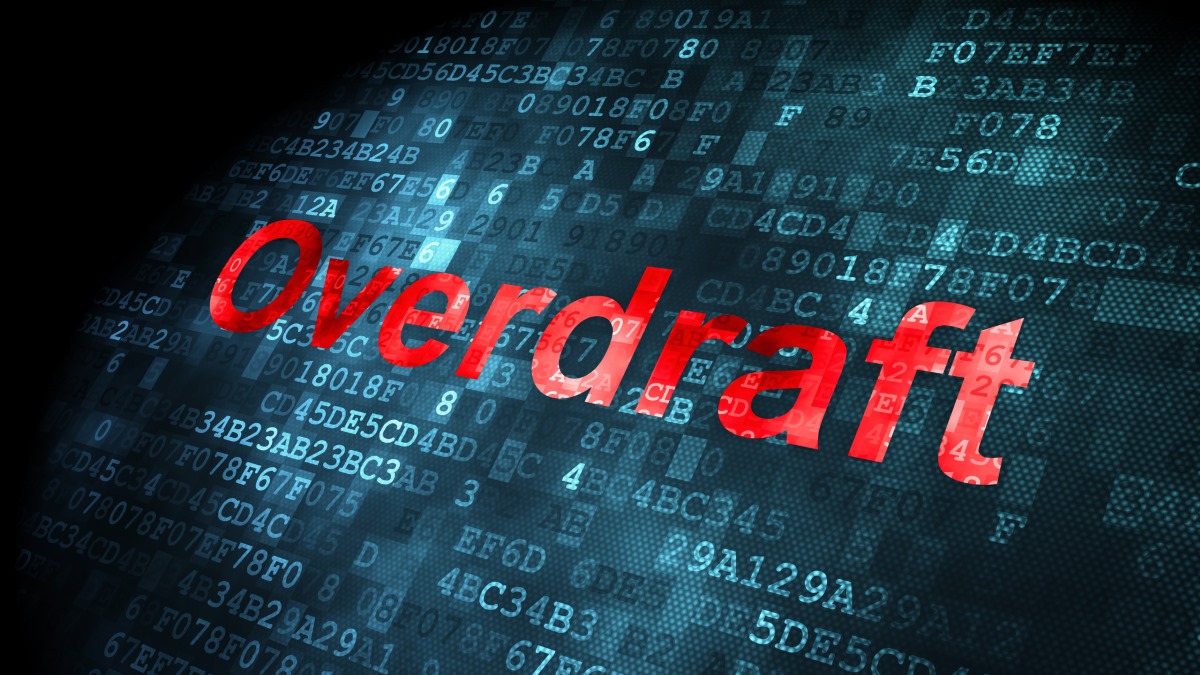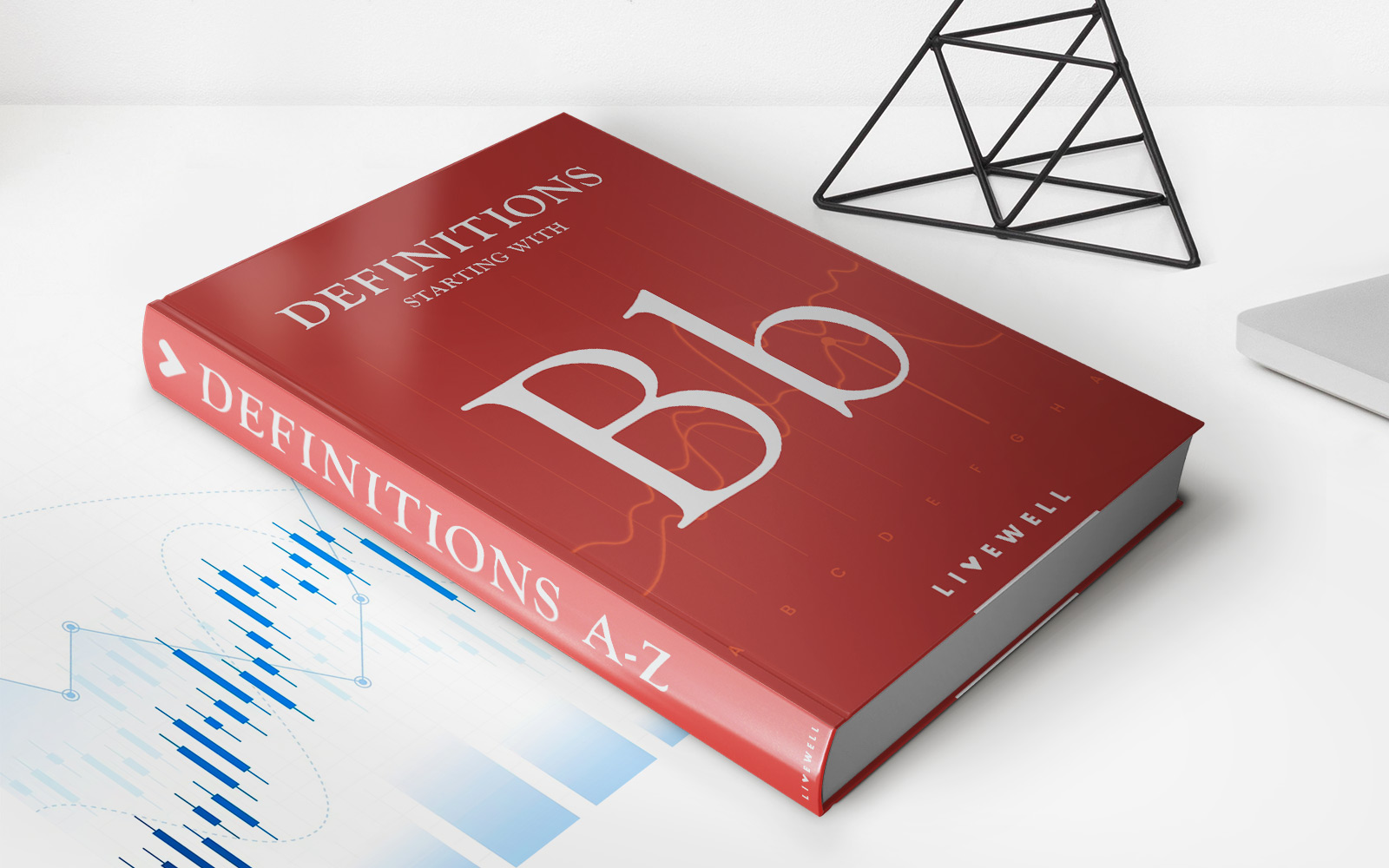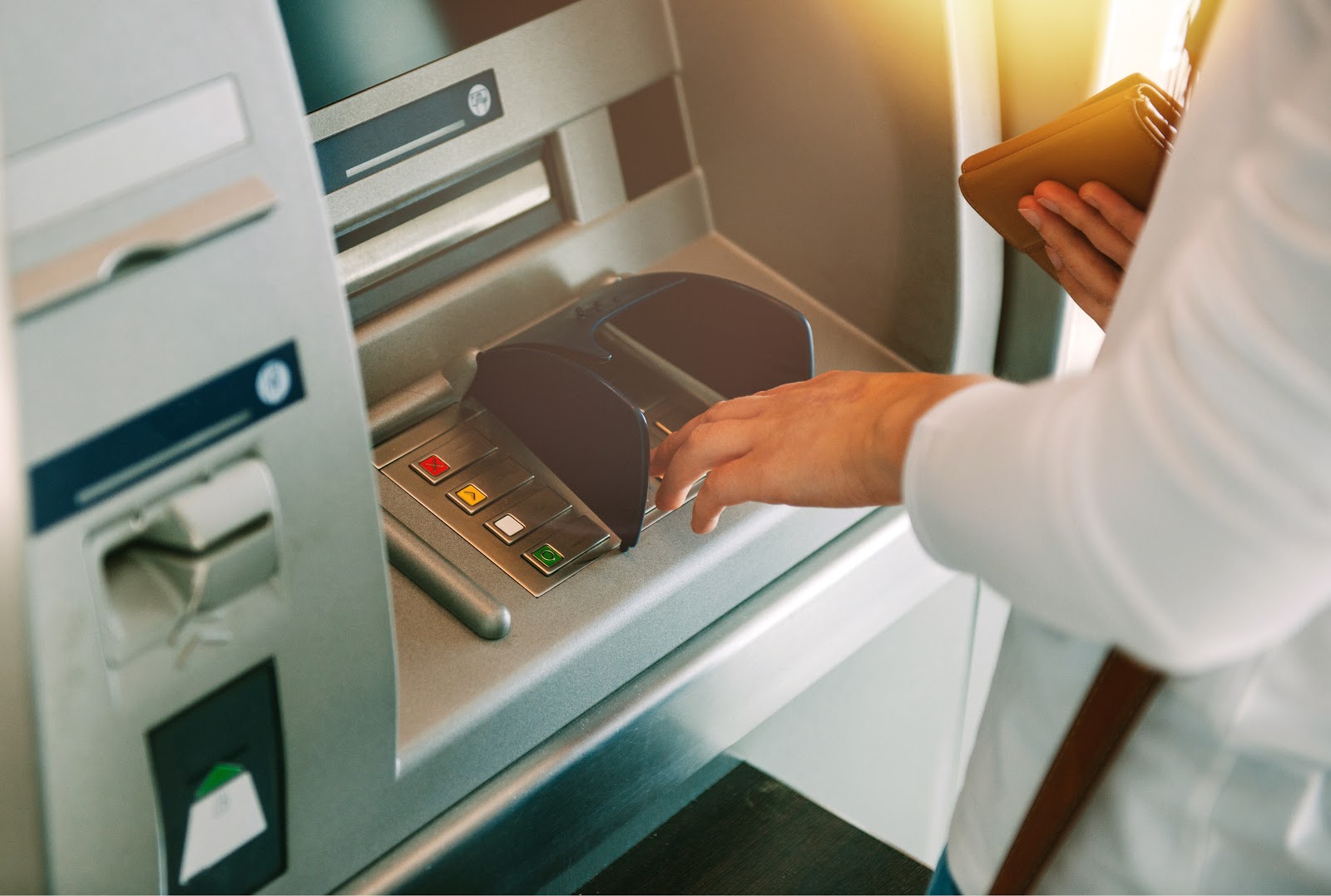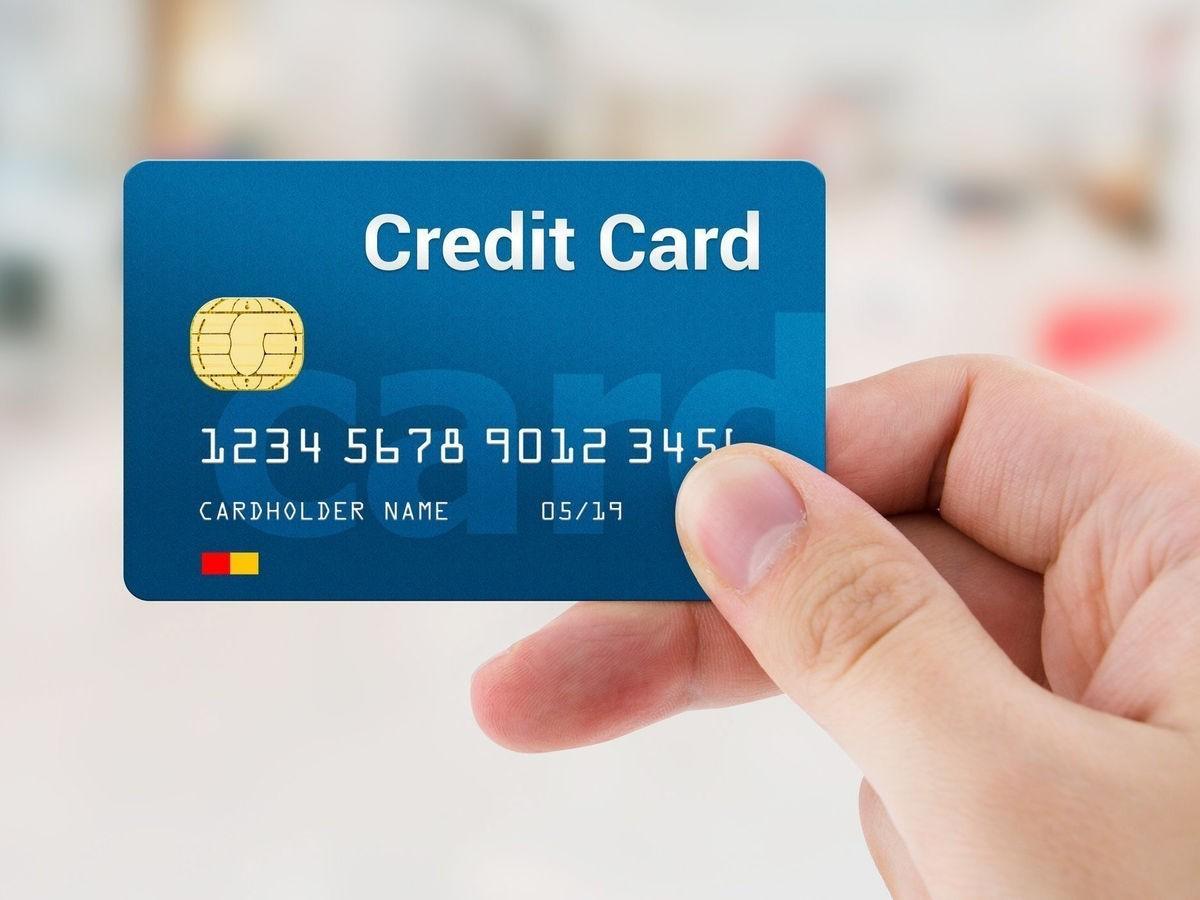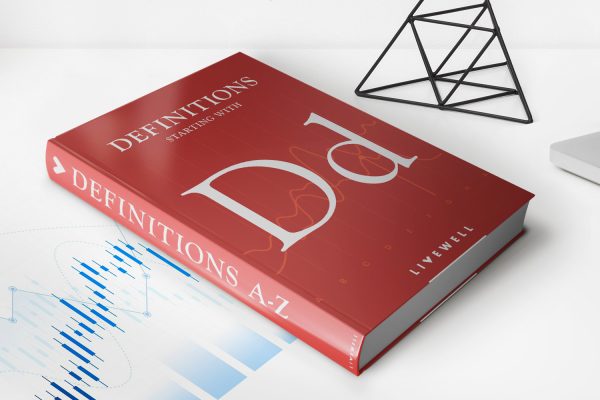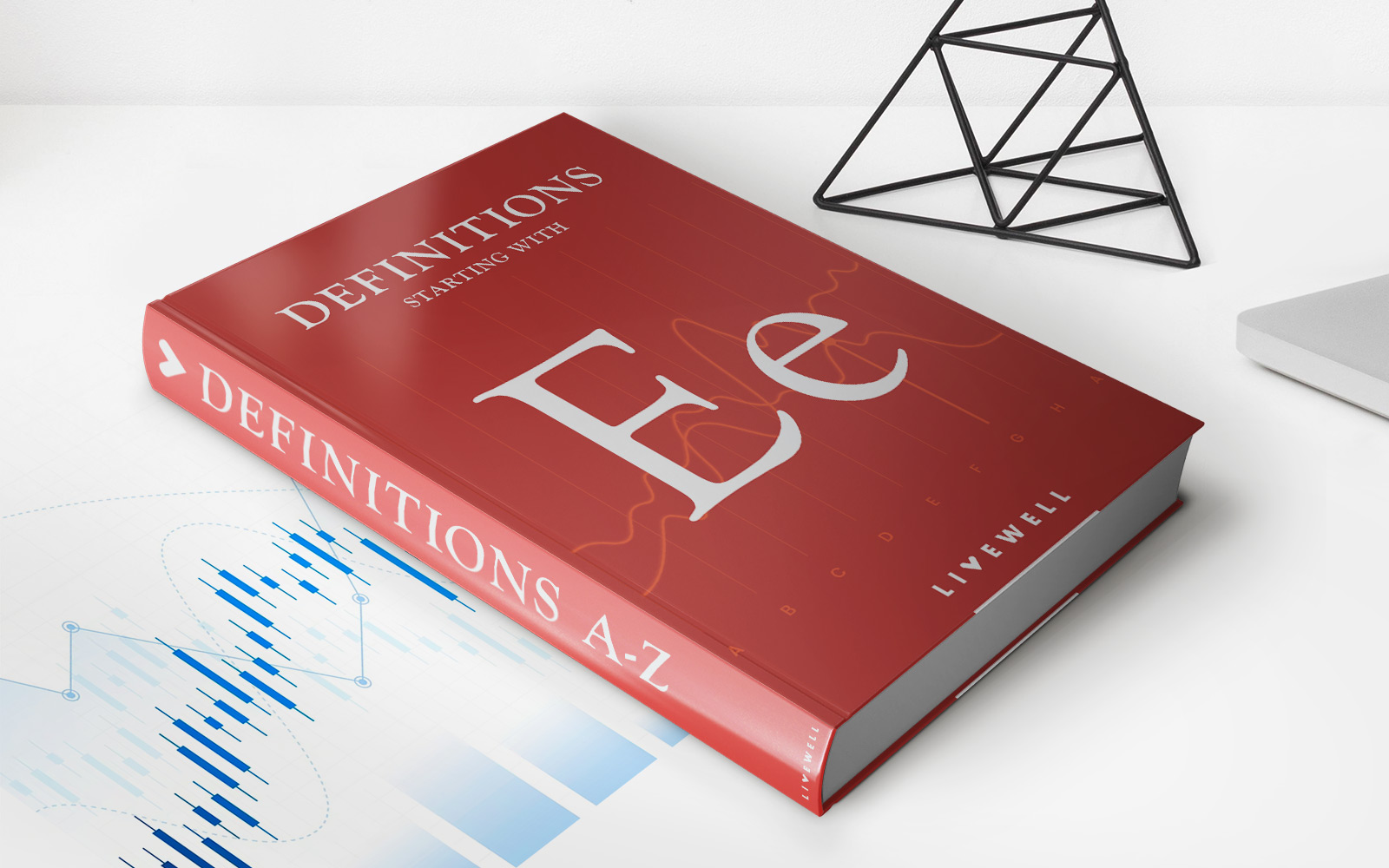

Finance
What Banks Offer Overdraft Line Of Credit
Modified: January 15, 2024
Looking for a flexible solution to cover unexpected expenses? Learn about the benefits of overdraft line of credit offered by various banks in the finance industry.
(Many of the links in this article redirect to a specific reviewed product. Your purchase of these products through affiliate links helps to generate commission for LiveWell, at no extra cost. Learn more)
Table of Contents
- Introduction
- What is an Overdraft Line of Credit?
- How Does an Overdraft Line of Credit Work?
- Benefits of an Overdraft Line of Credit
- Drawbacks of an Overdraft Line of Credit
- How to Qualify for an Overdraft Line of Credit
- Comparison of Overdraft Line of Credit and Traditional Overdraft Protection
- Conclusion
Introduction
Welcome to the world of banking, where convenient financial solutions are constantly evolving. One such solution that banks offer is an Overdraft Line of Credit. This financial tool can provide peace of mind and flexibility when it comes to managing your everyday expenses.
An Overdraft Line of Credit is a form of credit that allows account holders to overdraw their checking accounts up to a specific limit. It serves as a safety net, providing a buffer in case of unexpected expenses or cash flow shortages. With an Overdraft Line of Credit, you can avoid the embarrassment and inconvenience of declined transactions or bounced checks.
In this article, we will delve into the details of an Overdraft Line of Credit, exploring how it works, its benefits and drawbacks, and how it compares to traditional overdraft protection. Whether you are new to the concept or considering utilizing this financial product, this guide will provide you with the insights you need to make informed decisions.
What is an Overdraft Line of Credit?
An Overdraft Line of Credit is a type of credit facility offered by banks that allows account holders to withdraw more money from their checking accounts than they currently have available. It acts as a short-term loan, providing a safety net in case of insufficient funds to cover a transaction.
When you have an Overdraft Line of Credit, the bank extends a pre-approved line of credit to you, which you can tap into when your account balance falls below zero. The amount you can overdraw is typically determined based on factors such as your credit history, income, and banking relationship with the institution.
Think of an Overdraft Line of Credit as a financial cushion that allows you to bridge the gap between your available balance and the amount you need to pay for various expenses. Instead of facing declined transactions or having checks bounce, the overdraft line provides temporary access to funds, covering the shortfall so you can proceed with your transactions smoothly.
It is important to note that an Overdraft Line of Credit is different from a traditional overdraft protection service. With traditional overdraft protection, the bank covers your negative balance and charges a fee for each transaction that exceeds your account balance. In contrast, an Overdraft Line of Credit extends a line of credit that you can tap into, and you are charged interest on the borrowed amount.
An Overdraft Line of Credit offers greater flexibility and control compared to traditional overdraft protection, as you can repay the borrowed amount at your own pace, rather than being immediately hit with overdraft fees. This makes it a preferred option for individuals who occasionally need extra funds to cover expenses.
Now that we have a basic understanding of what an Overdraft Line of Credit is, let’s explore how it works in more detail.
How Does an Overdraft Line of Credit Work?
Understanding how an Overdraft Line of Credit works is crucial to effectively using this financial tool. When you open an account with a bank and are approved for an Overdraft Line of Credit, you are given a specific credit limit. This limit represents the maximum amount you can overdraw from your checking account.
When your account balance falls below zero, the overdraft kicks in, and the bank covers the shortfall by extending the pre-approved credit line. The overdrawn funds are then added to your outstanding balance, which you need to repay along with any accrued interest.
For example, let’s say you have an Overdraft Line of Credit with a limit of $1,000 and your checking account has a balance of $100. If you make a purchase of $500, your account balance would drop to -$400. In this scenario, your Overdraft Line of Credit would be utilized, covering the $400 shortfall and bringing your account balance back to zero.
When it comes to repaying the overdrafted amount, there are typically two options available:
- Automatic Repayment: Some banks may automatically deduct the outstanding balance from your account once your balance increases above zero. This ensures that you are consistently working towards repaying the borrowed funds.
- Revolving Line of Credit: With a revolving line of credit, you have the flexibility to repay the borrowed amount at your own pace. You can choose to repay the balance in full or make minimum monthly payments, similar to a credit card.
It’s important to note that interest is charged on the overdrawn amount, which can vary depending on the terms and conditions of your Overdraft Line of Credit. The interest is typically calculated based on the outstanding balance and is added to your repayment amount.
Now that we have covered the basics of how an Overdraft Line of Credit works, let’s explore the benefits and drawbacks of utilizing this financial tool.
Benefits of an Overdraft Line of Credit
An Overdraft Line of Credit offers several benefits that make it an attractive financial tool for account holders. Let’s explore some of the key advantages:
- Convenience and Flexibility: An Overdraft Line of Credit provides a convenient solution for managing short-term cash flow gaps. Instead of facing declined transactions or bouncing checks, the overdraft allows you to continue with your transactions smoothly, providing much-needed financial flexibility.
- Protects Your Credit Score: By using an Overdraft Line of Credit instead of traditional overdraft services, you can minimize the impact on your credit score. Overdrawing your account through traditional overdraft protection can lead to negative marks on your credit history, but an Overdraft Line of Credit helps you avoid this issue.
- Lower Fees: Compared to traditional overdraft fees, accessing funds through an Overdraft Line of Credit may be more cost-effective. Instead of paying per transaction, you typically only pay interest on the amount you borrow. This can result in lower fees, especially if you repay the overdrafted amount promptly.
- Flexible Repayment Options: With an Overdraft Line of Credit, you have the flexibility to choose how you repay the borrowed funds. Whether you prefer to repay the balance in full or make minimum monthly payments, you can tailor the repayment schedule to your financial situation.
- Borrowing Privilege: An Overdraft Line of Credit provides you with a borrowing privilege that you can use whenever you need it. This accessibility to credit can be a valuable tool, particularly during emergencies or unexpected expenses.
These benefits make an Overdraft Line of Credit a useful tool for managing your finances and avoiding potential financial hardships. However, it’s important to be aware of any potential drawbacks that may come with using this financial product, which we will discuss next.
Drawbacks of an Overdraft Line of Credit
While an Overdraft Line of Credit offers numerous benefits, it’s important to be aware of the potential drawbacks before deciding to utilize this financial tool. Here are some of the key drawbacks to consider:
- Accrued Interest: When you use an Overdraft Line of Credit, you are essentially borrowing money from the bank. This means that interest will be charged on the amount you borrow. Depending on the interest rate and the time it takes to repay the overdrafted amount, the accrued interest can add up, increasing the overall cost of using this credit facility.
- Impact on Credit Score: While an Overdraft Line of Credit can protect your credit score when compared to traditional overdraft options, it’s still important to manage it responsibly. If you consistently rely on your overdraft without making efforts to repay the borrowed funds, it can have a negative impact on your creditworthiness and financial reputation.
- Potential for Debt Accumulation: Using an Overdraft Line of Credit can be convenient, but it also carries the risk of falling into a cycle of debt. If you continuously rely on the overdraft without a solid repayment plan, you may find it challenging to break free from the cycle and accumulate more debt over time.
- Subject to Approval and Limits: Not everyone may qualify for an Overdraft Line of Credit, as it is subject to approval based on various factors, including credit history and income. Additionally, the credit limit assigned to you may not always meet your immediate financial needs, so it’s important to understand the limitations associated with this credit facility.
- Potential for Overreliance: Relying too heavily on an Overdraft Line of Credit can hinder financial discipline and budgeting habits. It’s essential to view the overdraft as a temporary solution and work towards building a financial safety net, rather than relying on it as a long-term financial strategy.
Considering these potential drawbacks, it’s important to weigh the pros and cons before deciding if an Overdraft Line of Credit is the right fit for your financial needs. Understanding the qualification criteria and terms of the credit facility will help you make an informed decision.
Next, let’s explore the eligibility requirements for obtaining an Overdraft Line of Credit.
How to Qualify for an Overdraft Line of Credit
To qualify for an Overdraft Line of Credit, you typically need to meet certain criteria set by the bank. While specific requirements may vary from institution to institution, here are some common factors considered during the qualification process:
- Bank Account Status: You will generally need to have a checking account with the bank offering the Overdraft Line of Credit. Maintaining a positive banking relationship and demonstrating responsible account management can enhance your chances of approval.
- Credit History: Banks typically review your credit history to evaluate your creditworthiness. A good credit score demonstrates your ability to manage debt responsibly and increases your chances of being approved for an Overdraft Line of Credit.
- Income and Employment Stability: Banks may require proof of income and employment to assess your ability to repay the borrowed funds. A stable income and employment history help strengthen your application and show that you can meet the financial obligations.
- Debt-to-Income Ratio: Lenders may evaluate your debt-to-income ratio to ensure that you have sufficient income to cover your existing debt obligations as well as any new credit extended to you through the Overdraft Line of Credit.
- Relationship with the Bank: Existing customers with a long-standing relationship with the bank may have an advantage when applying for an Overdraft Line of Credit. Banks often value customer loyalty and may offer more favorable terms or higher credit limits to account holders with a history of responsible banking.
Keep in mind that meeting these criteria does not guarantee approval for an Overdraft Line of Credit. Each bank has its own underwriting guidelines, and the final decision will depend on their assessment of your financial situation.
If you meet the requirements and are approved for an Overdraft Line of Credit, it’s important to use it responsibly. Avoid relying on the overdraft as a permanent solution and ensure that you have a plan in place to repay any borrowed funds in a timely manner.
Now that we have explored the qualification process, let’s compare an Overdraft Line of Credit to traditional overdraft protection to understand their differences.
Comparison of Overdraft Line of Credit and Traditional Overdraft Protection
When it comes to managing overdrafts, banks often offer two options: Overdraft Line of Credit and traditional overdraft protection. While both options provide a safety net for covering insufficient funds, there are significant differences between the two. Let’s compare them:
1. Nature: An Overdraft Line of Credit is a form of credit extension, while traditional overdraft protection is a service that covers the negative balance by allowing transactions to go through, despite insufficient funds. With an Overdraft Line of Credit, you are essentially borrowing money from the bank, whereas traditional overdraft protection is more like a grace period.
2. Cost: Traditional overdraft protection often comes with high fees for each transaction that exceeds your account balance. On the other hand, an Overdraft Line of Credit typically charges interest on the borrowed amount. Depending on your account usage, the Overdraft Line of Credit may be more cost-effective in the long run, especially if you regularly overdraw your account.
3. Repayment Options: With traditional overdraft protection, the negative balance is usually repaid promptly, as the bank automatically deducts the amount from your account when funds become available. In contrast, an Overdraft Line of Credit offers more flexibility in repayment. You can choose to repay the borrowed amount in full or make minimum monthly payments, similar to a credit card.
4. Credit Impact: Traditional overdraft protection typically does not directly impact your credit score, as it is a service provided by the bank. However, repeated use of overdraft protection can indicate financial mismanagement and may indirectly impact your creditworthiness. On the other hand, an Overdraft Line of Credit, being a credit product, can affect your credit score if not managed responsibly.
5. Eligibility and Limits: Traditional overdraft protection is often automatically offered to account holders, regardless of their credit history or income. It is based on the bank’s discretion and may come with lower limits. An Overdraft Line of Credit, however, requires qualification based on factors such as credit score, income, and banking relationship, but generally offers higher credit limits.
Considering these differences, it is important to assess your financial needs and usage patterns to determine which option is better suited for you. If you frequently rely on overdrafts or anticipate the need for a larger credit buffer, an Overdraft Line of Credit may be a more suitable choice. However, if you occasionally face small shortfalls and prefer a simpler arrangement with immediate repayment, traditional overdraft protection may be more suitable.
Let’s now summarize the key points and wrap up the article.
Conclusion
An Overdraft Line of Credit can be a valuable financial tool offered by banks to help you manage unexpected expenses and cash flow shortages. It provides a convenient and flexible solution, allowing you to overdraw your checking account up to a specific limit, ensuring that your transactions go through smoothly.
With an Overdraft Line of Credit, you have the advantage of convenience, protection of your credit score, lower fees compared to traditional overdraft protection, and flexible repayment options. It provides a borrowing privilege that can be useful during emergencies or unexpected expenses.
However, it’s important to keep in mind the potential drawbacks, such as accrued interest, potential impact on your credit score, and the risk of overreliance and accumulating debt. Responsible usage and a solid repayment plan are crucial to prevent financial difficulties and maintain a healthy financial standing.
When considering an Overdraft Line of Credit, it’s important to compare it to traditional overdraft protection and understand the differences in cost, repayment, and credit impact. This will help you choose the option that aligns best with your financial needs and usage patterns.
To qualify for an Overdraft Line of Credit, you typically need a positive banking relationship, a good credit history, stable income, and an acceptable debt-to-income ratio. Each bank may have its own specific criteria, so it’s important to consult with your financial institution to understand their requirements.
Ultimately, an Overdraft Line of Credit can provide you with a convenient financial safety net and added flexibility. However, it’s important to use it responsibly, be mindful of the terms and conditions, and have a clear plan for repayment to avoid any potential financial pitfalls.
Remember to carefully evaluate your financial situation and needs before deciding on an Overdraft Line of Credit or any other financial product. By doing so, you can effectively manage your finances and make informed decisions to achieve your financial goals.



